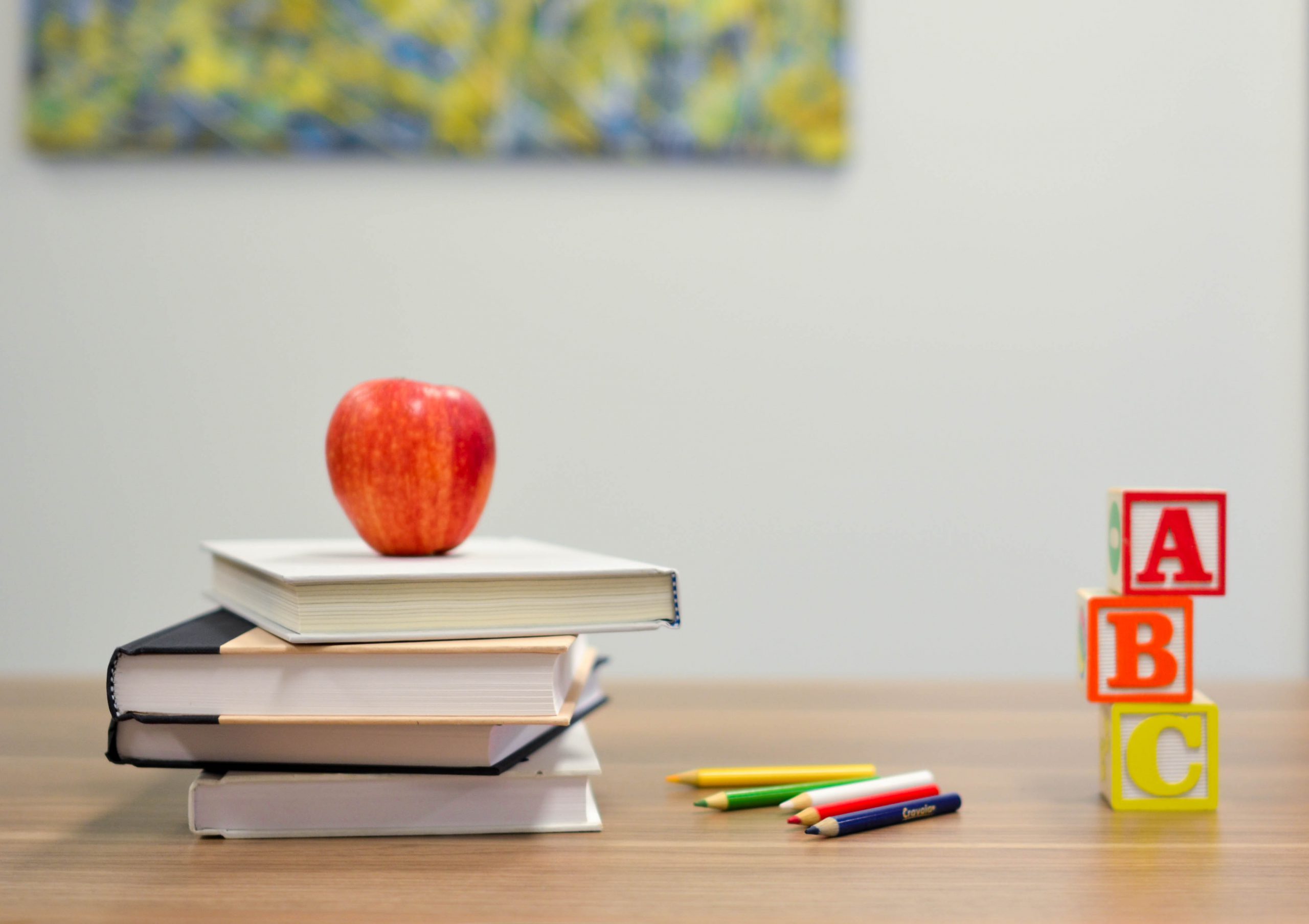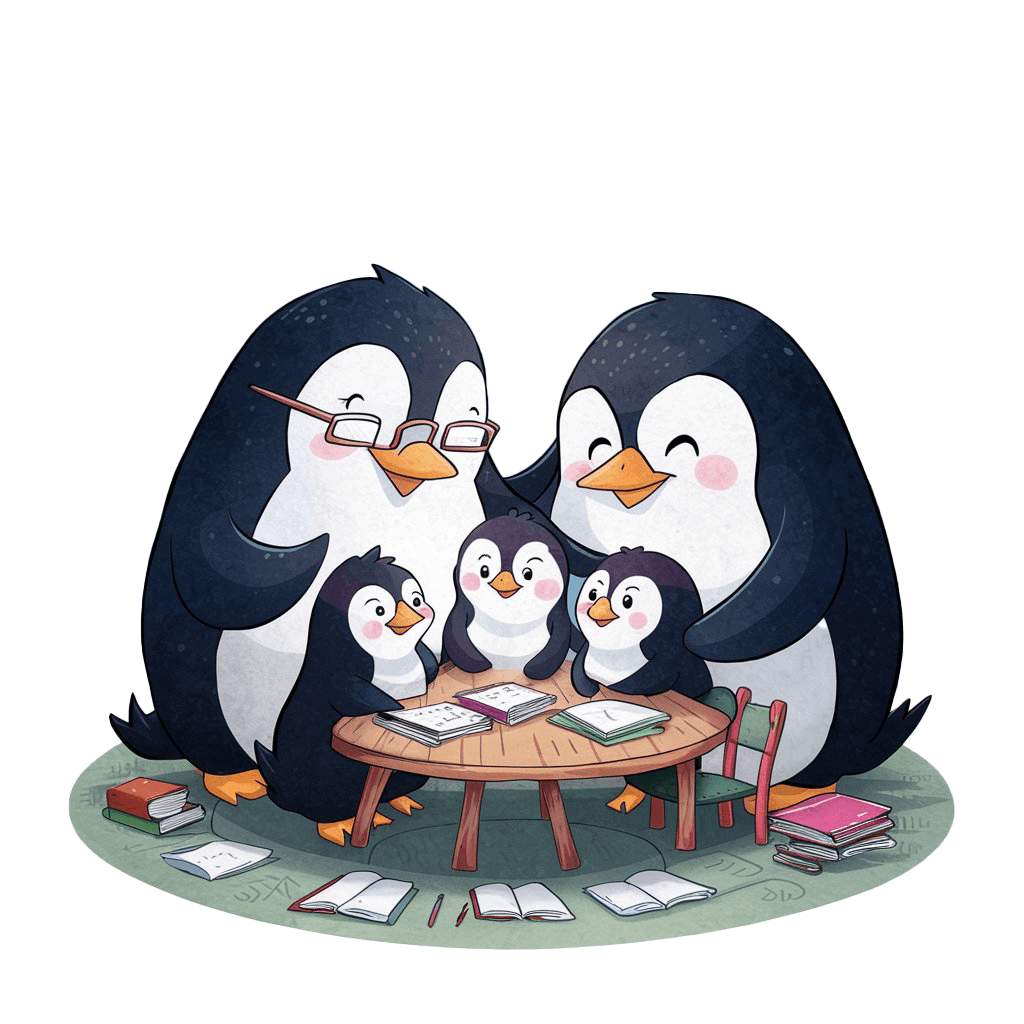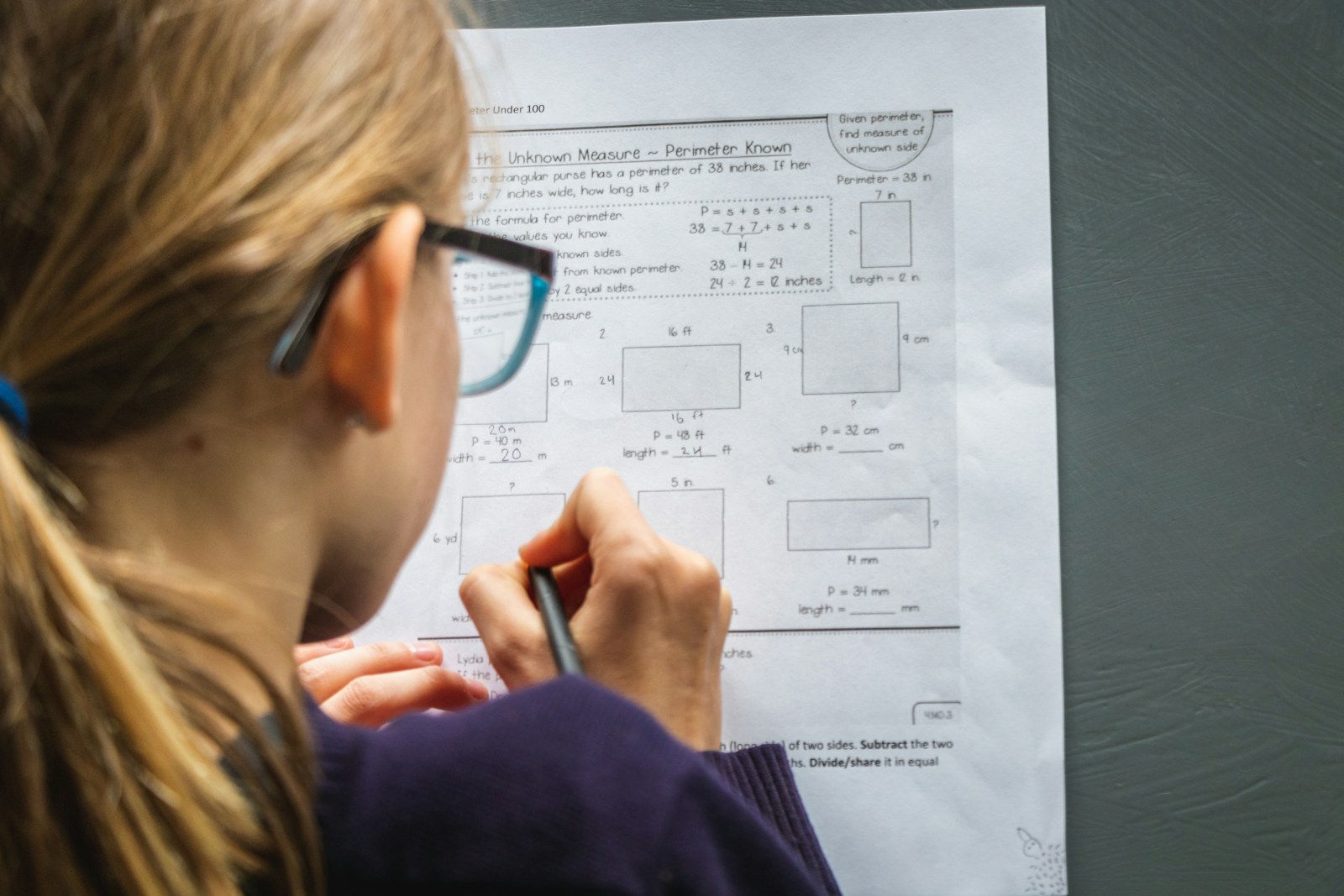
It is very easy to get carried away shopping for homeschool essentials! But the truth is, you don’t actually need a lot of supplies to homeschool efficiently.
Books, writing materials, simple art supplies and access to the internet is all you need to homeschool.
Books
Use libraries or create your own home-ed library.
Reading is the cornerstone of education whether children attend school or are educated at home. Access to books is key. Whether you choose to build up a library at home or access local libraries, facilitating access to books – all books! – is vital for home education.
A digital library can be created on any e-book device, either by buying e-books or ‘renting’ from libraries; local libraries will often order any book you request and second-hand books shops are brilliant for stocking your library shelves (especially with classic books). Often bundles of books, rated by age, can be found online (FB/Ebay etc); buying in bundles can be a great way to diversify a library and discover the genres and authors your homeschoolers are drawn to.
Writing Materials
Some pupils like keeping work in folders, while others prefer to have notebooks per subject. We use master notebooks for ongoing subjects (eg. history/languages/grammar), a notebook as a create-your-own thesaurus and notebooks for free-writing lessons. It’s useful to keep small notebooks in bags for taking notes when taking lessons outside. For any other written assignment we use lined paper, that (theoretically) is filed (correctly) after the lesson.
Plain paper is useful for taking notes, making diagrams and of course as an art supply, but when it comes to written school work, pupils tend to turn out better work when using lined paper. Lined paper helps new-writers judge the size of letter formation and keeps the writing in a straight line. It’s easy enough to make or buy lined paper but Printable Paper makes it even easier – choose the spacing, whether or not to include a margin, download and print.
Computer/Tablet (with keyboard)
Access to the internet is a home-education essential. The wealth of resources available and the learning tools accessible online make now the most exciting time to be educating or studying in the history of education: The internet makes education accessible to anyone, anywhere! Learning to type is an important skill.
Pens & Pencils
Pencils and pens – everyone has their own preference about writing and it’s up to our homeschoolers to write in pen or pencil, both are acceptable. (One chooses pencils to be able to erase mistakes and present ‘perfect’ work, one always chooses pen; the bolder the colour the better.)
Sometimes a simple change like swapping boring black pens for colourful pens can be enough to reconnect with students disengaging from a lesson. A piece of writing written in purple glitter pen is as creditable in a home-ed classroom as black biro work: You set the classroom rules.
Art Supplies
Art is an easy fun activity to add to many subjects’ lessons so quick to set-up, clean-to-use art supplies are homeschool classroom basics. Watercolour paints, felt-tip pens, coloured pencils, and chalk are essential, along with sellotape and glue.
Maths Supplies
A calculator, compass, a basic geometry set and anything that can be used as a maths manipulative. We like these Cuisenaire Rods, but you can use Lego, dried beans/pasta or even chocolate buttons to explain maths concepts.
That’s it! To home educate you need to buy not much more than if your child were in school. In fact, it’s easily possible to home-educate for the cost of school uniform. The list below are non-essentials that make home educating so much easier that I consider them almost essentials.
Subscriptions, Memberships and Digital Resources
You don’t need to teach it all or make all the resources, lesson plans and teaching materials that home education requires. Outsourcing some of the ‘teacher’ work of home education makes life much easier.
Digital resources for home-ed.
Clothes for the Seasons
‘There is no such thing as bad weather, only the wrong clothes.’ I don’t know who said it (and I’ve googled far too many things this week to spend 30 seconds googling this), but they were right. It doesn’t matter if it’s hot, cold or raining, getting outside is always a positive choice. Where and how you ‘get outside’ is up to you! A sturdy pair of wellies is often more useful to homeschoolers than a pair of ‘school shoes’. Think about your lifestyle and the homeschool environment you want to create and buy ‘uniforms’ that reflect that.
Headphones
- Headphones can help students focus when listening to a podcast or watching a tutorial online.
- Headphones make it easier to share classroom space between multiple students doing multiple lessons.
- Headphones are a great way to add passive learning into downtime – language podcasts, audiobooks etc.
Headphones allow people to switch off slightly while still being in a shared space. For home learners this can help them focus (white noise/classical music) and allow them to share a space with sibling-classmates, doing the same activity together, but listening to a book/podcast/music of their choosing.
Home-educating means spending a lot of time with your children. At times, everyone needs their own space. As a home educator and as a parent, the simple act of putting headphones in – even if nothing is playing – dulls down the background noise somewhat.
Portable Easels
Such a useful tool to move a classroom around – inside and outside the home. Store school work for the day inside the easel and take lessons to the park; separate siblings to work in different spaces using an easel as a desk.
Whether it’s changing the lesson environment or writing with colourful ink, small details can grab a child’s attention and turn them into actively engaged learners. Having school supplies always accessible allows homeschoolers to independently study and follow ideas; keeping certain fun materials off-limits outside of ‘the classroom’ makes them want to join in with lessons.
Supplies for Home Educators
- A system to plan the homeschool year/term/week/day
- Pens/Stickers to ‘mark’ with (needing to shop for stationery is a home-ed perk)
- Books about home education
- Subscriptions to anywhere that gives you home-ed inspiration, curriculum resources (as teaching materials/lesson plans etc), or that offer tips to make the teaching part easier. Magazines, newsletters etc.
(Whenever we come across a site that could be useful – in the home-ed classroom now or in the future, for us as educators or our children as learners – we sign up for the newsletters using a dedicated home-ed email address. Whenever a newsletter has a resource that looks useful/an article you want to come back to, flag the email and it’s easy to find again later. It saves so much time.)



